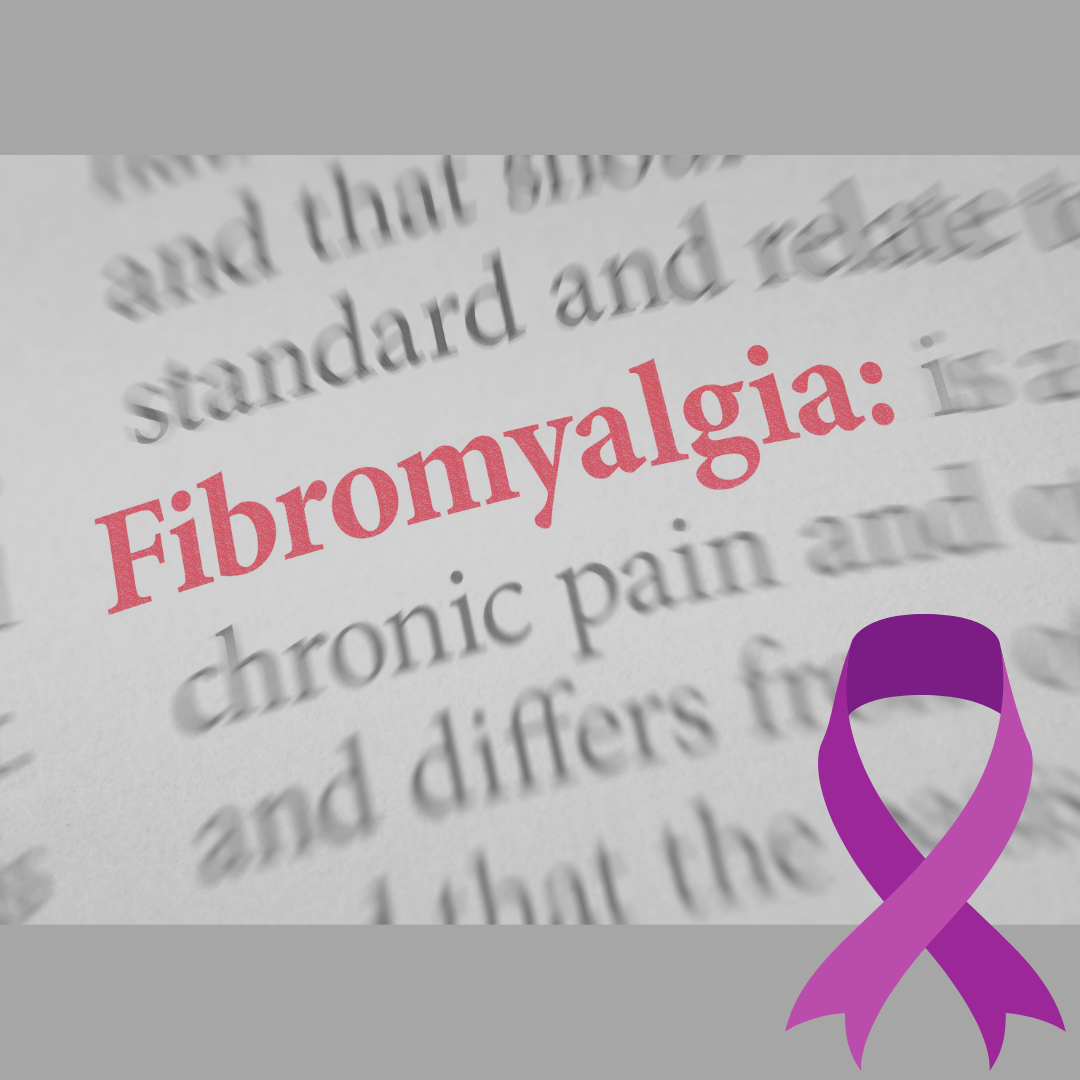What is fibromyalgia and why is it so painful? What are the major theories on where fibromyalgia pain originates? Who is more likely to get fibro pain, and is there a link between fibromyalgia and trauma?
What is Fibromyalgia?

Fibromyalgia syndrome (FMS, sometimes called “fibro pain”) is a chronic pain syndrome characterized by widespread musculoskeletal pain that often happens at the same time as fatigue, poor sleep, and bowel problems, among other signs and symptoms.
The common medical providers for fibromyalgia management are primary care physicians and pain medicine providers. However, many FMS patients will use other strategies for pain management, including essential oils, herbal anti-inflammatories, acupuncture, body work, and chiropractic care, among others.
Fibromyalgia syndrome (FMS) is historically regarded as a rheumatological condition. In other words a chronic disease of the joints or soft tissue, potentially with an auto-immune component. The Arthritis Foundation initially recognized it as a form of “soft tissue rheumatism.” Not surprisingly, patients with this condition were often referred to rheumatologists, although a majority of patients has no underlying rheumatological disorder that will show up in traditional rheumatology tests.(1)
Who gets fibromyalgia?
About five million Americans, or 2-4% of the general population, suffer from fibromyalgia. It is more common in females than males, with a male-to-female ratio of 1: 7-9. These people consulted about four doctors, on average, before they were diagnosed with FMS. (2) Some physicians still see the diagnosis as controversial as there is no gold standard test for fibro pain, other than documenting the a common pain patterns that seem to afflict many with FMS.
What are the symptoms of fibromyalgia?
Patients often complain of pain all over the body and may come with the following symptoms:
- Extreme tiredness
- Muscle stiffness
- Headaches
- Increased sensitivity to pain
- Sleep disturbances
- Problems with memory and concentration (fibro-fog)
- Irritable bowel syndrome
Although less common, some people may also experience:
- Dizziness
- Numbness or tingling sensation in the hands and feet
- Painful menstruation
- Body temperature changes
- Restless leg syndrome
- Anxiety or depression
What are the Causes of Fibromyalgia?
The term fibro-myo-algia indicates that the pain emanates from the fibrous soft tissues or muscles (fibro and myo). However, there are no available research that shows that fibromyalgia is a distinct muscular disorder. (3)
Genetics seem to play a role in the development of FMS.
Some suggest that the pain does not come from the muscle itself, but rather from several regions of the body where trigger points are located.
Doctors are still unable to pinpoint what causes FMS, but over the years, experts have suggested various theories to explain what may induce the onset of the disease among genetically predisposed individuals.
The Fibromyalgia theories
Abnormal Pain Signals
Changes in the central nervous system may establish perpetual pain hypersensitivity state, also known as central sensitization. This explains why patients with fibromyalgia have constant feelings of extreme sensitivity to pain.
Physical trauma (e.g. cervical acceleration-deceleration injury, or whiplash)
Whiplash is the most common physical trauma studied in relation to FMS. The incidence of neck injury or disruption of the cervical spine may result to the development of persistent fatigue, headaches, light/noise sensitivity, and anxiety. (4)
Psychological trauma
Stressful events, such as a viral infection or injury, undergoing surgery, giving birth, losing a job, or death of a loved one, can trigger fibromyalgia.
Sleep disorders
Impaired sleep is common in up to 75% of FMS patients. Disruption of stage 4 non-REM or deep sleep often results in widespread pain and fatigue symptoms among patients with FMS.(5)
A comprehensive approach to fibromyalgia may require a health care approach that considers all of the above factors, including psychological/cognitive strategies.
Because FMS is essentially invisible from the outside and has no conclusive diagnostic test (i.e. blood test, etc.), many FMS patients have getting their symptoms taken seriously by physicians and even family members who don’t understand the nature of the condition. In some ways this experience can be just as stressful as experiencing the chronic pain.
You an read more here: Fibromyalgia options in Auburn Hills, MI, and Upper cervical and fibromyalgia patient stories
References
1. Lawson E, Wallace MS. Fibromyalgia Clinical Guidelines and Treatments. 2015. http://dx.doi.org/10.1007/978-3-319-15820-4. Accessed January 28, 2019.
2. Wallace DJ, Wallace JB. Making Sense of Fibromyalgia. Second edition. Oxford ; New York: Oxford University Press; 2014.
- Announcing the Winter Boot Drive of 2024 (to benefit homeless) - December 16, 2023
- Thoughts determine the quality of life – Tips for new patients (Part 8) - September 18, 2023
- Why hasn’t anyone told this to me before? Tips for new patients (Part 7) - September 18, 2023


